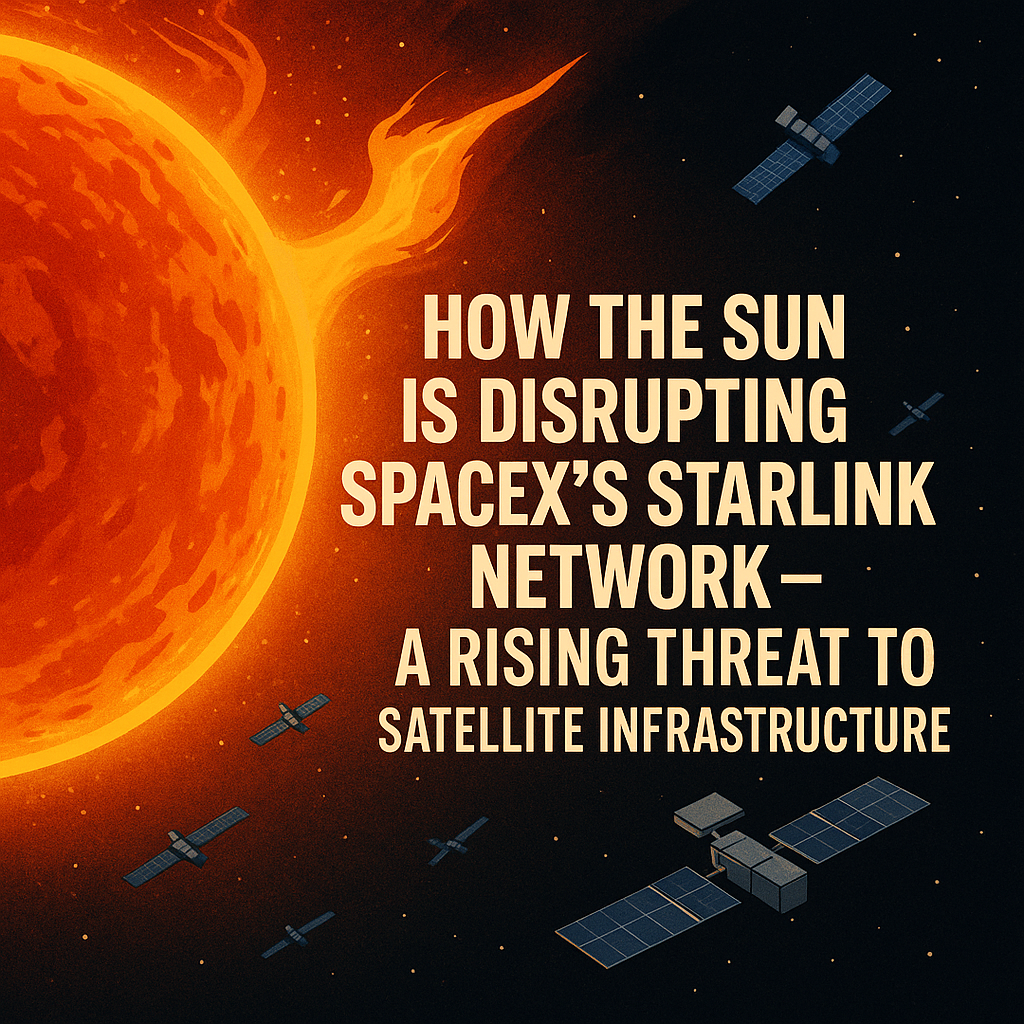Medium
13h
30

Image Credit: Medium
How the Sun is Disrupting SpaceX’s Starlink Network – A Rising Threat to Satellite…
- Solar storms caused by solar flares and coronal mass ejections are increasing atmospheric drag on satellites like SpaceX's Starlink network, leading to challenges such as increased fuel usage and reduced satellite lifespan.
- We are approaching the peak of Solar Cycle 25, with solar activity stronger than expected, affecting the thermosphere and causing problems for satellites in low orbit like Starlink.
- Recent incidents, like the loss of 40 Starlink satellites due to a geomagnetic storm, highlight the vulnerability of mega constellations to solar events, potentially resulting in service disruptions and collisions.
- Efforts are underway to address the threats posed by solar activity, including improved forecasting, stronger satellite design, altitude adjustments, and global collaboration, as companies like SpaceX adapt to safeguard satellite infrastructure.
Read Full Article
1 Like
For uninterrupted reading, download the app